If you’re experiencing discomfort in the knees while cycling, you shouldn’t ignore it. In this blog post, we will help you identify the different knee areas where you might feel pain, what could be its cause and how to prevent it.
There are four main knee areas at risk of injury or pain: the anterior (front), the posterior (back), the lateral (side) and medial collateral ligaments, and the iliotibial band. We’ll take a look at each of these areas in more detail.
Anterior knee pain
This is the most common type of discomfort, both in the kneecap and around it. Broadly speaking, the cause of this pain is a wrong posture on the bike (saddle height and position, cleats too far forward…), but it can also be its “overuse” (excessive training, gears being too high…) as well as other physical conditions (limb dysmetria, injuries, muscle weakness…).
In high-impact sports, it’s quite common for the tendon that joins the kneecap to the bone right under it to swell up. This condition is known as patellar tendonitis or ‘jumper’s knee’. It can be treated with enough rest, a bit of ice, anti-inflammatories and physiotherapy. However, if pain persists, seek medical assistance.
You could also be experiencing a condition known as ‘patellofemoral pain syndrome’. It is quite common and can get you to stop cycling for a while or even become a problem in your daily life.
In order to treat or prevent this type of pain, it is recommended to:
- Do a bike fitting or a biomechanical study to see if there’s something wrong with your bike, your equipment or your posture.
- Avoid overtraining or pushing yourself too much, too soon.
- Keep your leg stretched whenever you can.
- Exercise the vastus medialis muscle to help you balance the kneecaps.
- Do regular stretches and massages to boost recovery.
- Avoid sitting for long periods of time with your feet under chairs, and going up too many stairs all at once.
Posterior knee pain
Pain in the back of your knees is not as common as the anterior pain, and it’s usually easier to take care of. This pain is often due to an excessive stretching of the knees because of a saddle that’s either too high or positioned too far back. This is also a type of pain that fixie bike users tend to suffer from, since they use the hamstrings to brake and this can lead to a biceps femoris muscle overload, inflammation and consequent pain.
If pain persists even after performing a bike fitting, seek medical assistance to rule out any other possible injuries.
Lateral knee pain
The main source of this type of discomfort is the use of cleats, so you’ll feel it either during or right after your very first ride with cleats, as well as after using a brand new pair of shoes or cleats for the first time.
Wrongly installed cleats can affect the Q angle, also known as quadriceps angle. It can also lead to excessive rotation in the knees, putting too much pressure on either one or both collateral ligaments.
If the cleats are too close to the inner edge of the shoes, the distance between both feet increases, which strains the ligaments and leads to pain in the knees’ inner (medial) area.
If you’re experiencing pain in the external lateral area, it can originate from the iliotibial band, a thick and fibrous band that stretches from the pelvis to below the knees. The cleats not being properly installed, resulting in your feet pointing inwards, can irritate and put strain on this band. This can also be the case if the cleats are too far to the inner edge of the shoes.
In order to treat or prevent lateral knee pain, it is recommended to:
- Make sure your cleats are well adjusted. If you don’t know how to adjust your cleats, seek advice from a professional, or even better, get a biomechanical study done.
- Regularly check your cleats to see if they’re wearing out, and before you change them, outline their exact position with a marker. Don’t be afraid of experimenting with different types of cleats to see which degree of cleat float is most suitable for you. Both the excess or the lack of cleat float can become an issue.
- Strengthen your gluteus medius. Strengthening this muscle is crucial, as it is usually quite weak.
General advice for knee pain relief and prevention
Here are some recommendations to stop our knees from experiencing any pain:
- Get a bike fitting or a biomechanical study done.
- Do not abruptly increase distance, time or intensity in your training sessions.
- Do not make any abrupt changes in your bike or equipment.
- Always warm up before an intense training session with sprints, strength exercises and more of that sort.
- Do not use high gears for too long.
- Make sure your joints are well warmed up when it’s cold outside.
- Stretch all muscle groups frequently.
- Attend physiotherapy and/or massage sessions frequently.
- Strengthen your core and your leg joints, not only the knees but also your hip and ankles.
- Fix any muscle imbalances.
In a nutshell, knee pain is a quite common issue among cyclists. However, in most cases it can be prevented and treated with an adequate use of equipment, a proper pedaling technique, a muscle strengthening program and a gradual approach to training intensity. The knees are an important part of our bodies, and so is our overall health, which is why it is crucial to pay attention to any sign of discomfort or pain, and seek proper treatment and medical assistance if needed.
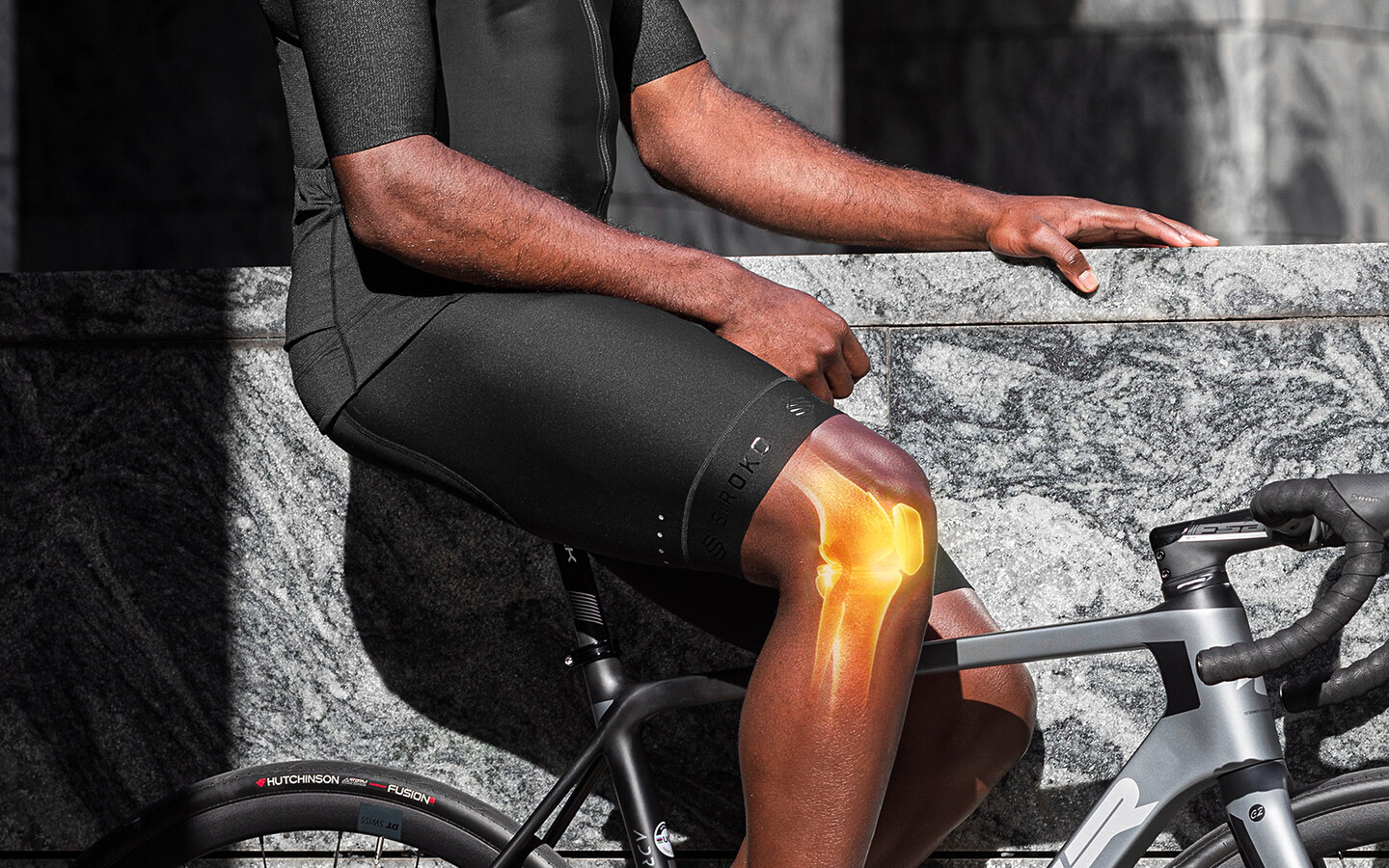
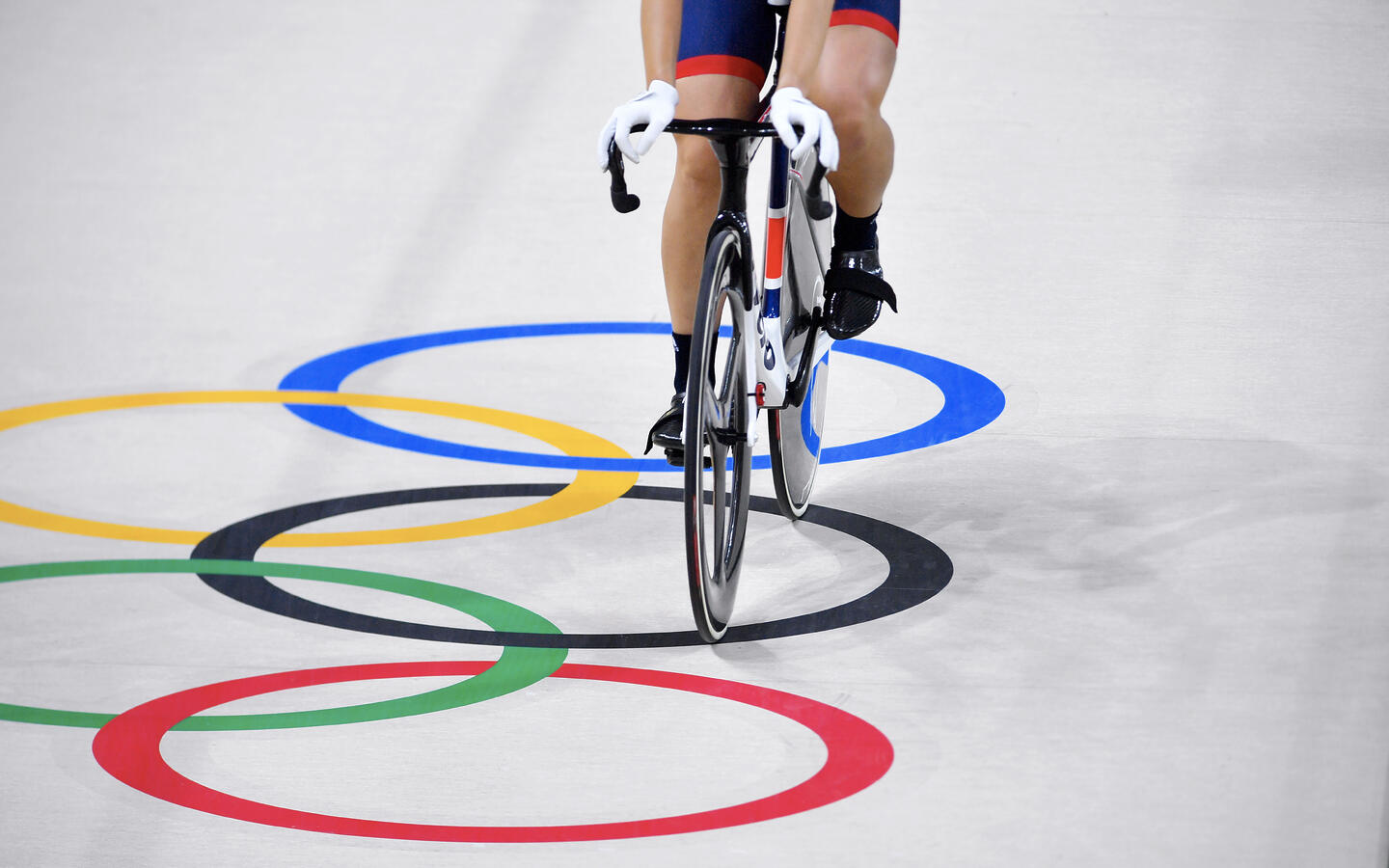
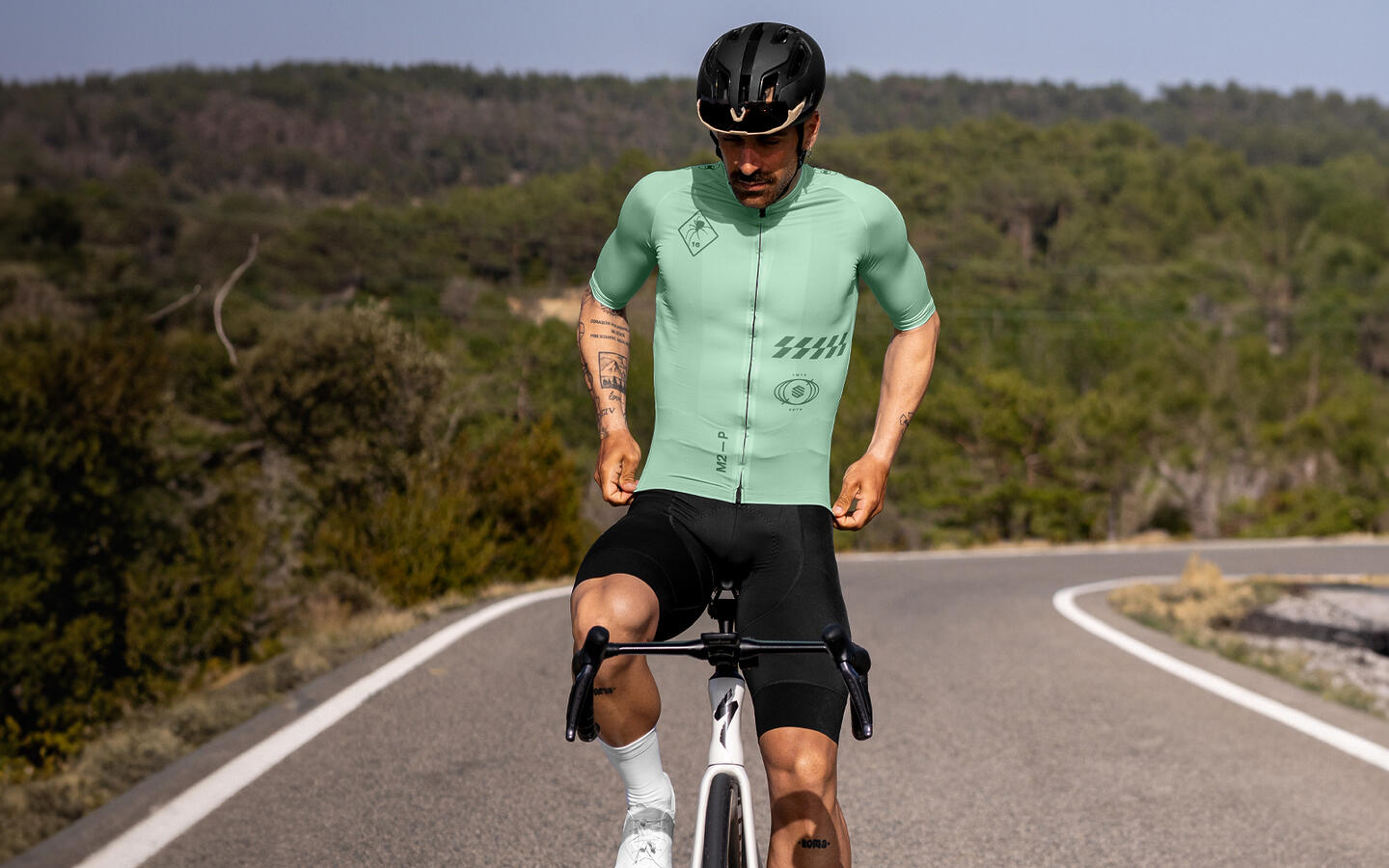
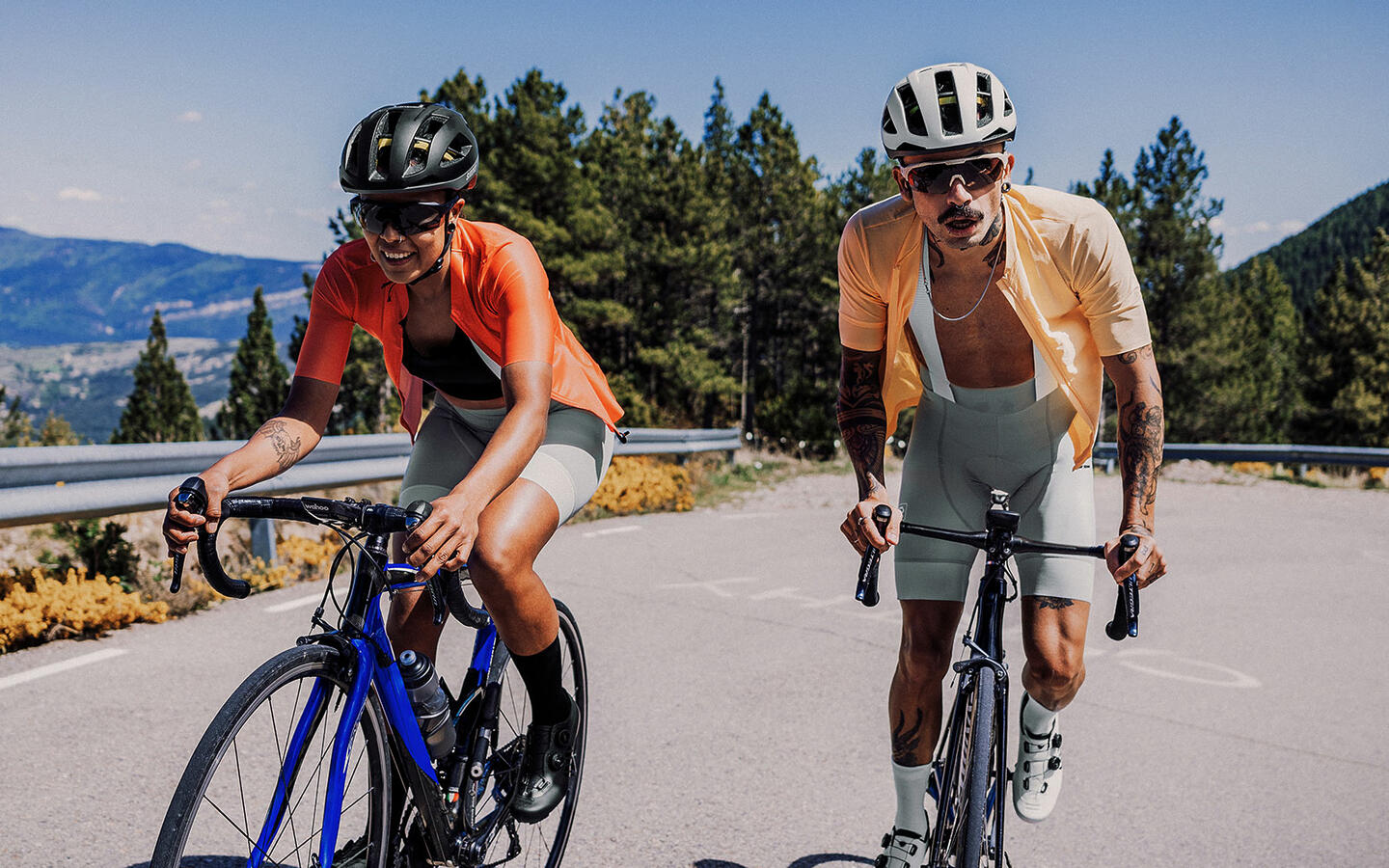
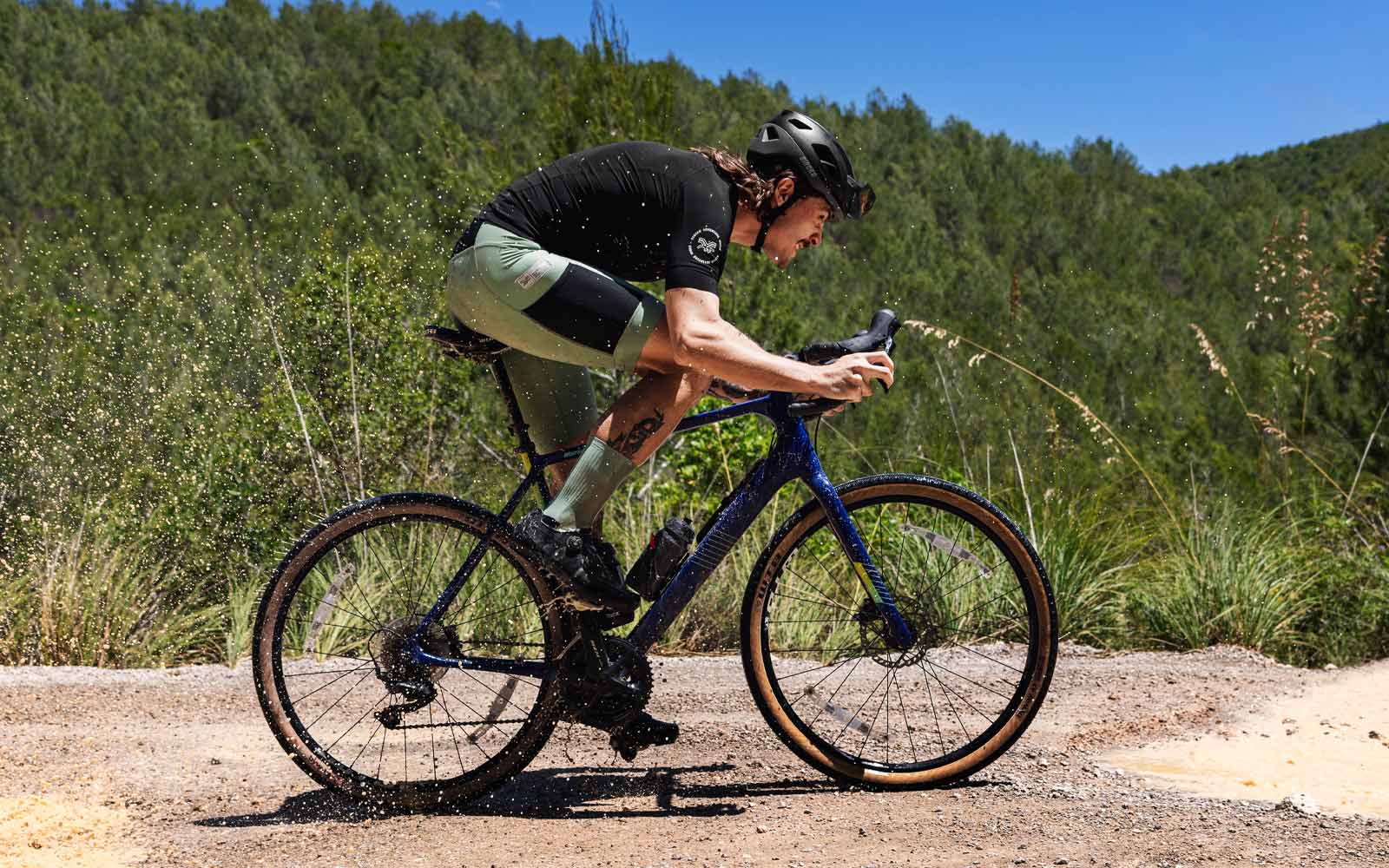
muito bom , gostei do artigo ,continuem o bom trabalho
Muito obrigado pelo seu comentário.
nice info